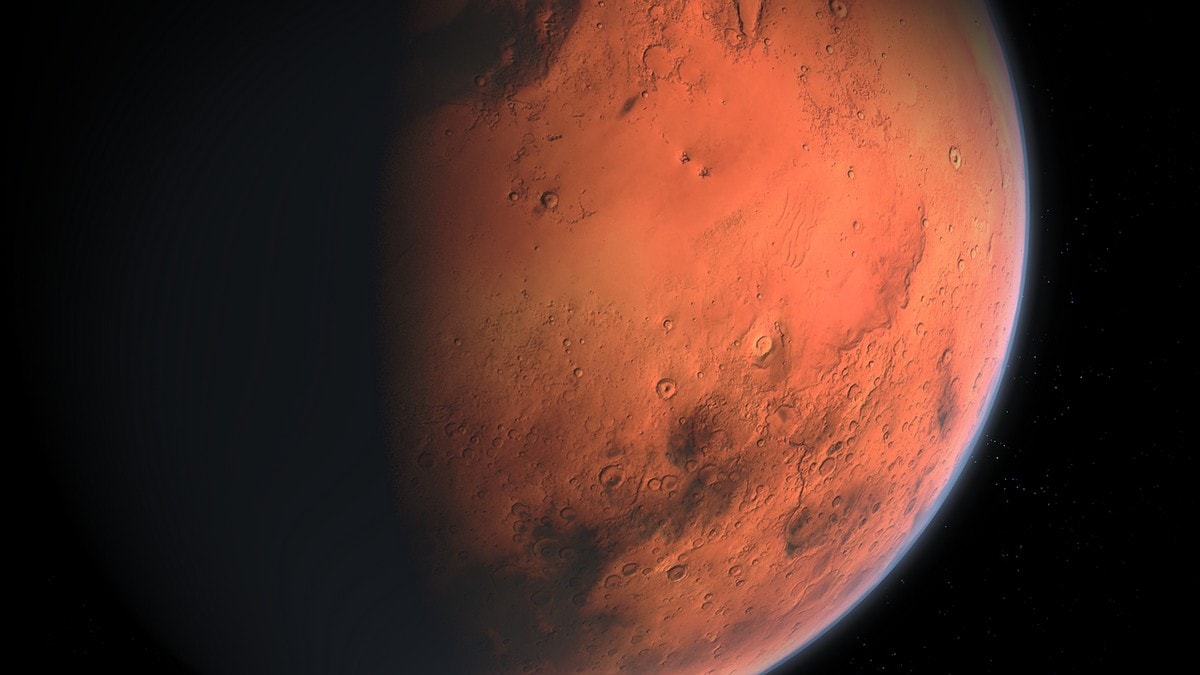NASA’s Ambitious Plans for Mars Exploration
The United States space agency, NASA, is actively planning multiple missions to Mars, aiming to send astronauts to the Red Planet by 2035. This unprecedented journey poses significant challenges, as it involves covering a staggering distance of approximately 400 million kilometers. Astronauts will need to endure a one-way trip of approximately 6 to 7 months to reach Mars, with intentions for them to remain on the Martian surface for about 500 days.
The Path to Mars: Preparations on the Moon
As part of the broader strategy to prepare for Mars missions, NASA intends to return humans to the Moon within this decade. This lunar exploration will serve as a crucial stepping stone, allowing NASA to test technologies and gather valuable experience necessary for successful Mars missions. The knowledge gained from lunar missions will contribute significantly to understanding the challenges of sustained human presence on another celestial body, ultimately facilitating the exploration of Mars.
Mars: A Planet of Intriguing History
Mars, which formed about 4.6 billion years ago alongside other planets in our solar system, once resembled Earth, featuring oceans, lakes, and rivers. Over time, however, drastic changes transformed Mars into the arid landscape we recognize today. Current research suggests the possibility of frozen water existing on the planet, although the Martian atmosphere remains inhospitable to human life.
The Geographical Diversity of Mars
The geological structure of Mars is notably varied between its northern and southern hemispheres. Approximately one-third of the Martian surface sits at altitudes ranging from 2 to 4 miles, featuring ancient impact craters and enormous volcanoes, such as Olympus Mons, the largest volcano in the solar system. NASA’s upcoming missions aim to explore these geological features to understand the planet’s history, climate, and potential for life.
Scientific Objectives of the Mars Missions
The primary objective of sending astronauts to Mars is to explore the potential for life, both current and past, on the planet. Scientists are eager to conduct experiments that can provide insights into Mars’ geological makeup and its climatic evolution. Understanding Martian conditions is essential not just for the success of these missions, but also for the long-term goal of establishing a human presence on Mars.
Conclusion
NASA’s ambitions for Mars exploration are vast and complex, reflecting humanity’s desire to push the boundaries of knowledge and exploration. As we edge closer to sending humans to Mars, the preparation and knowledge gained from missions to the Moon will play an essential role in making this dream a reality. The journey to Mars promises to unlock the secrets of the Red Planet and may even bring us closer to answering the profound question: Are we alone in the universe?









